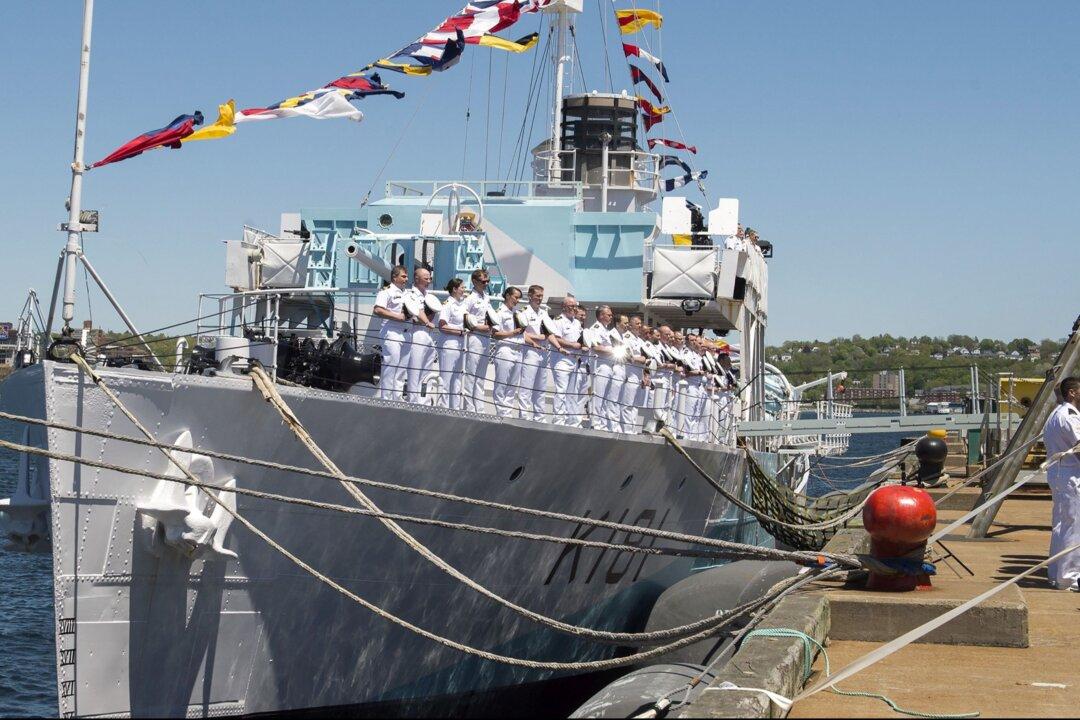Commentary
Canada is ready aye ready for naval combat. In 2033. And for carving the pork starting yesterday. So says DND, our sad acronym for a Department of Defence that doesn’t have a cool polygonal HQ. Or much of anything else.

Canada is ready aye ready for naval combat. In 2033. And for carving the pork starting yesterday. So says DND, our sad acronym for a Department of Defence that doesn’t have a cool polygonal HQ. Or much of anything else.